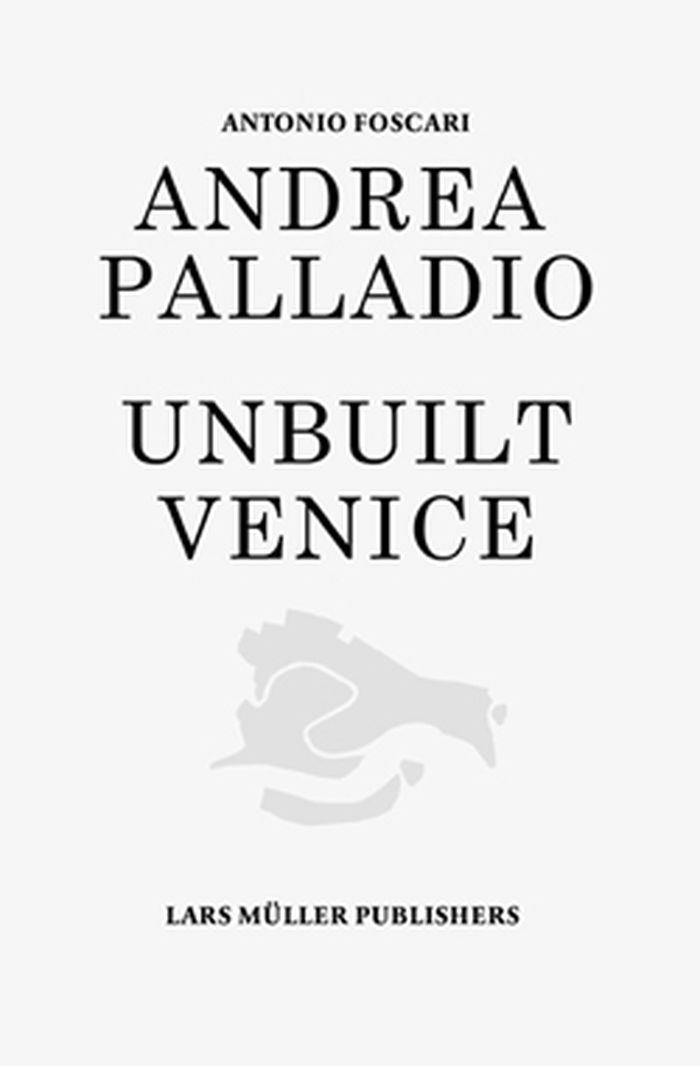$50.00
(available to order)
Summary:
In the 1920s and 1930s, the Villa Foscari in Venice, better known as La Malcontenta, became a meeting place for intellectuals, artists, and members of the nobility such as Serge Diaghilev, Boris Kochno, Serge Lifar, Winston Churchill, Robert Byron, Diana Cooper, and Le Corbusier. It was an era of inspiring encounters between aristocrats, the avantgarde, snobs, and(...)
Tumult and order : Malcontenta, 1924-1939
Actions:
Price:
$50.00
(available to order)
Summary:
In the 1920s and 1930s, the Villa Foscari in Venice, better known as La Malcontenta, became a meeting place for intellectuals, artists, and members of the nobility such as Serge Diaghilev, Boris Kochno, Serge Lifar, Winston Churchill, Robert Byron, Diana Cooper, and Le Corbusier. It was an era of inspiring encounters between aristocrats, the avantgarde, snobs, and intellectuals that ended when Italy entered World War II. Antonio Foscari recounts this lively period in the building’s history and talks about its then owner, Bertie Landsberg, and his friends Catherine de Rochegude, Baroness of Erlanger, and Paul Rodocanachi, who not only lovingly renovated the villa, but made it such a lively place for the first time. The text is complemented by numerous photographs dating from this exciting time that convey an impression of what was happening in the villa in those days.
Architectural Theory
$79.00
(available in store)
Summary:
After the successful conclusion of the centenary celebrations of Andrea Palladio's birth, there are still many unanswered questions about his work. Antonio Foscari retraces Andrea Palladio's life and offers new perspectives on the architects built and unbuilt work. The author reveals an image of Venice that differs from the one we all know: a city that projects herself(...)
Andrea Palladio: Unbuilt Venice
Actions:
Price:
$79.00
(available in store)
Summary:
After the successful conclusion of the centenary celebrations of Andrea Palladio's birth, there are still many unanswered questions about his work. Antonio Foscari retraces Andrea Palladio's life and offers new perspectives on the architects built and unbuilt work. The author reveals an image of Venice that differs from the one we all know: a city that projects herself into the modern age by abandoning the accepted principles of late medieval culture that had so profoundly influenced its formation.
Architecture Monographs
$55.00
(available to order)
Summary:
During the Renaissance, the contest to decide the order of rank among the fine arts, architecture, painting, and sculpture was an issue that also occupied the famous architect Andrea Palladio. He was convinced that architecture spoke for itself and did not require any ornamentation through painting. Nevertheless, frescos adorn the walls and ceilings of many of his villas.(...)
Frescos within Palladio's architecture : Malcontenta, 1557-1575
Actions:
Price:
$55.00
(available to order)
Summary:
During the Renaissance, the contest to decide the order of rank among the fine arts, architecture, painting, and sculpture was an issue that also occupied the famous architect Andrea Palladio. He was convinced that architecture spoke for itself and did not require any ornamentation through painting. Nevertheless, frescos adorn the walls and ceilings of many of his villas. In Frescos, Antonio Foscari analyzes this fresco cycle, one that not only represents an outstanding example of trompe l’oeil based on architectural structures – and which is closely modeled on Palladio’s ideals – but also sheds light on formative events within the family that commissioned Palladio. This publication contains a wealth of historical documents as well as photographs of the frescos by Matthias Schaller.
History until 1900, Renaissance
$39.00
(available to order)
Summary:
Visiting the villas of Renaissance architect Andrea Palladio (1508-80), one inevitably asks oneself how people actually occupied them. Palladio conceived his villas as ''small towns'' (piccole città) that formed a single unit with adjacent service buildings and farm fields. Within their walls lived people of all ages, social backgrounds and skills. These buildings were(...)
Living with Palladio in the sixteenth century
Actions:
Price:
$39.00
(available to order)
Summary:
Visiting the villas of Renaissance architect Andrea Palladio (1508-80), one inevitably asks oneself how people actually occupied them. Palladio conceived his villas as ''small towns'' (piccole città) that formed a single unit with adjacent service buildings and farm fields. Within their walls lived people of all ages, social backgrounds and skills. These buildings were the venue for significant moments of public life, and the principles of hygiene, privacy and comfort, which we consider so defining and essential today, did not apply- in a sense furniture as such did not exist. ''Living with Palladio in the sixteenth century'' investigates how Palladio’s houses, their floors, rooms and measurements, were designed to structure the life of such a heterogeneous family of people. It analyses their hierarchical structure with the owner (padrone) at the top and everyone involved in the everyday running of the household (famiglia minuta) at the bottom. This book fills a decisive gap in research literature on the famous Italian architect by looking at how Palladio prioritized the domestic functions of his private buildings.
Architecture Monographs



